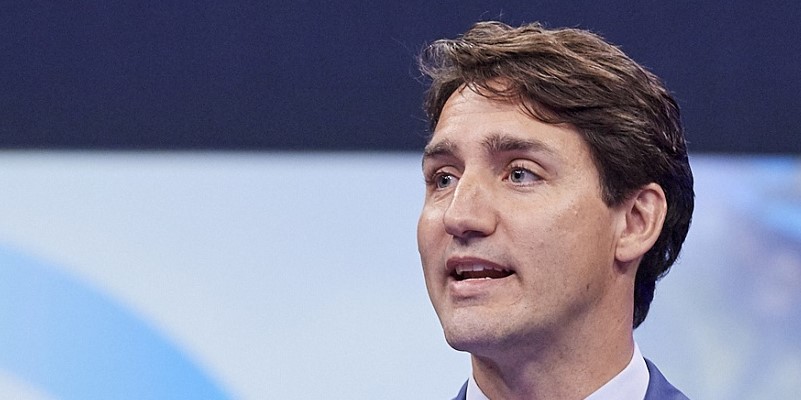Ottawa’s spending problem predates COVID

The Trudeau government will soon table its 2022/23 budget. While the hundreds of billions in COVID-related spending contributed to the eye-popping $327.7 billion deficit in 2020/21 and projected $144.5 billion deficit in 2021/22, this government had a big spending problem well before the pandemic, which contributed significantly to the fiscal mess we’re in today.
During Prime Minister Trudeau’s first term in office, the federal government increased nominal program spending by 36.1 per cent—from $248.7 billion in 2014/15 to $338.5 billion in 2019/20 (pre-pandemic)—far outpacing economic growth and inflation and population growth every year from 2015/16 to 2019/20.
To put this into historical context (and adjusted for inflation), Prime Minister Trudeau broke the record for the highest level of per-person federal spending in Canadian history at $9,224 in 2018/19 and again in 2019/20 ($9,671). Remember, this was before COVID. In other words, Canada entered the pandemic with spending levels already at record highs, which raises questions about what could have been.
For example, our new study finds that if Ottawa had tied the rate of federal program spending growth to either a) inflation and population growth or b) economic growth from 2015/16 to 2019/20, the federal government would have recorded surpluses nearly every year instead of persistent deficits, and avoided approximately $150 billion to $160 billion in additional debt.
Why should Canadians care?
For starters, debt accumulation has consequences. By financing spending through borrowing (i.e. budget deficits), the government is effectively sticking future generations with the tax bill for today’s spending.
And it’s a big bill. Factor in COVID, and net debt (total debt minus financial assets) will reach a projected $1.3 trillion in 2021/22. Just as households pay interest on mortgages and credit cards, Canadians must pay interest on federal government debt. Higher debt (all else equal) means more tax dollars go to paying interest, which leaves less money for health care, social services and/or tax relief in the future. In 2021/22 alone, Canadians will pay $24.5 billion in federal debt interest—and that’s with very low interest rates.
Moreover, research has consistently shown that as government debt increases, real interest costs also increase as the risk associated with such debt increases. A recent analysis found that using fairly optimistic assumptions—such as no recession for the next 50 years—Canadians between the ages of 16 and 80 will incur $10,498 in additional taxes (on average, over their lifetimes) due to higher interest costs from the projected debt Ottawa will accumulate between 2019 and 2025.
Clearly, federal finances would be in much better shape today had the Trudeau government exercised greater restraint in spending before the pandemic hit. Canadians must understand the sorry state of federal finances pre-pandemic to fully understand the situation we’re in today, and more importantly why spending restraint and a realistic path back to budget balance is needed in the upcoming budget.


